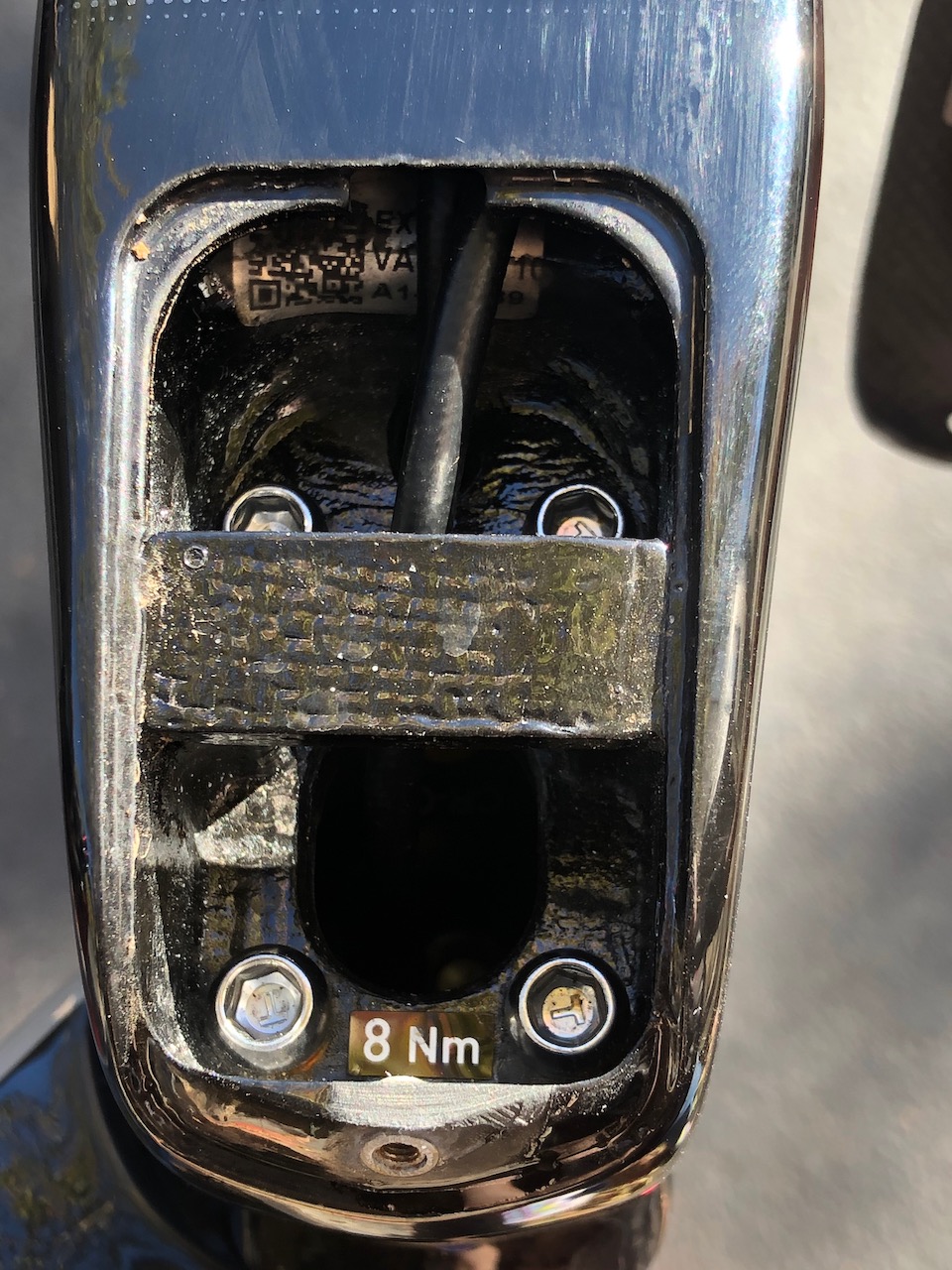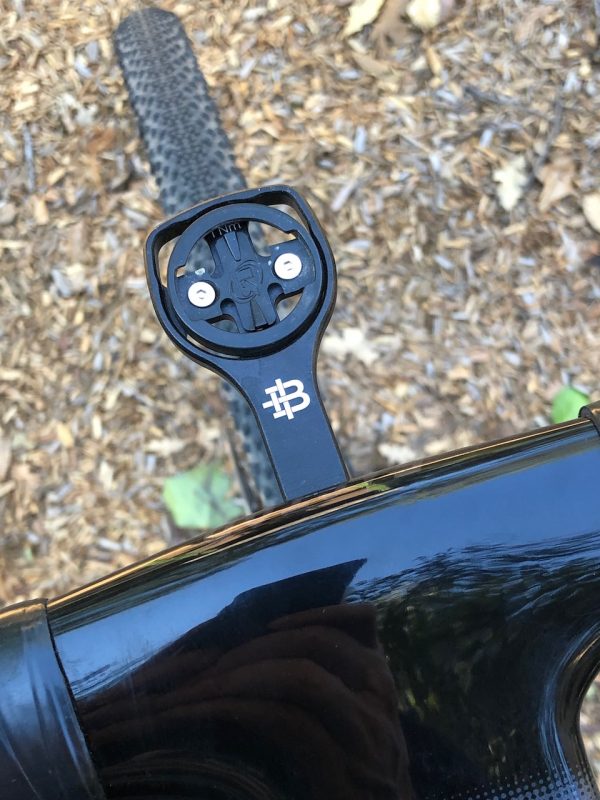There’s a common perception that the marketing department at a bike company dreams up a bike, charges an engineer with designing frameset, specifying the layup schedule for the first sample then (maybe) enlisting an industrial designer to massage the design and make the bike fit the design language of the company, or not, if they are short on style. Next, they arbitrarily choose some parts that are either stupidly expensive or stupidly cheap, depending on who is criticizing them. Finally, they price the various builds of the bike and introduce it to the world.
While there have been a few bike companies (Fuji, notably) where the marketing department dreams up the bike, at most bike companies the product manager dreams up what the bike should be: size run, geometry, the price points and builds that meet them, even tire clearance.

What this leaves out is how, in reality, the factory the company works with is often an indispensable partner in a bike’s creation. While there is a whole post in this relationship, I bring this up to note a relevant detail about Factor. Long before there was ever a Factor brand, there was a facility that gained a reputation among bike companies for stellar work. They were Cervelo’s partner in designing the R3. Without them, the R3 would likely have taken longer to develop.
So when I look at the Factor Vista, I see a bike that was developed by some of the same engineers who worked on the Cervelo R3 and later the R5, which is to say, some of the most forward-thinking carbon fiber engineers working on road bikes made a gravel bike.

Basics
The Vista is one of a handful of gravel bikes that when viewed in profile looks like a regular road bike. Whether shod with 32mm slicks or 40mm knobbies, it has a relatively understated look with proportions that don’t make a smaller road tire look like a kid wearing his dad’s suit.
The size run is a bit on the brief side, with five sizes: 49, 52, 54, 56 and 58. These sizes correspond to how we have traditionally thought of road bike sizing. The top tube lengths (virtual, at horizontal) go: 52cm (36.3cm reach), 53.2cm (37cm), 54.7cm (37.9cm), 56cm (38.6cm) and 57.5cm (39.4cm). It’s a solid run, but will exclude anyone at the shallow ends of the height bell curve. My review bike is the 56.

Factor offers the Vista in a variety of customizable builds as well as the frameset. Complete bikes start at $6599 and run as high as $7685, while the frameset goes for $4799. In this case the term frameset is a bit misleading. With Factor, the complete kit includes the frame, fork, integrated bar/stem and the seatpost. The unusual fork design, which recalls Felt’s Bayonet design on the company’s groundbreaking DA TT/Tri model, requires the bar/stem combo because of the four-bolt design that fixes them to the fork. Similarly, the seatpost features a “D” shape, where the rear quarter of the seatpost is flattened to allow the post to flex more fore-aft without increasing side-to-side flex. And while I’ve run across a great many bikes in the last year that come out of the box with the fork steerer cut down so much they can’t accommodate much range in fit, the Vista comes with a number of spacers and three different sets of bolts to give 3.5cm of height adjustment.
The fork on the Vista uses an oversize steerer that does not pass through the frame; it’s the structure you see ahead of the frame’s head tube. The superior stiffness the design offers is one reason. I’ll get to the others in a moment.
I’ve encountered a number of gravel bikes that can’t accommodate a tire larger than 38mm. The Vista has clearance enough for 40mm tires, giving riders many more choices for the riding conditions they encounter.

Integrated
The frame, fork and bar/stem are designed as a contiguous system for a couple of different reasons. First among them is aerodynamics. It will take a pretty strong rider to make much use of the aero benefit conferred by the bar, fork and seatstays while on the dirt, but on the road with a paceline doing 26 mph think of it as a way to offset the rolling resistance of a big tire. Another compelling feature is that the way the fork and bar/stem are designed, the rear brake hose and either shifter housings or Di2 wires (except in cases like my review bike which uses SRAM eTap) pass through the frame, the fork and the bar/stem, exiting the bar just above where the control lever clamps. This is possible because the fork turns on a steel rod that passes through the head tube. It is the cleanest system I’ve ever encountered.

Now, having hydraulic hose pass through the stem would seem to be an obstacle to adjusting fit after assembly, but again, Factor came up with a genius system for making that adjustment: the stem spacers are two-piece parts that interlock. Unbolt the stem and more spacers can be added or subtracted; just swap the bolts for the correct length; Factor includes all the spacers and bolts for any bar height.
As I detailed in a post for Red Kite Prayer when I was building the bike up, the inside of the bike features the cleanest, most precise molding I’ve ever seen. In fact, it’s so clean that I needed to wrap packing insulation around the rear brake hose to prevent rattling in the frame.

Point and shoot
I’m a fan of bikes with a lower bottom bracket; I always prefer a lower center of gravity, even if that means that I can’t pedal through corners. On a gravel bike, pedaling through corners isn’t exactly a thing—at least, not where I ride. Most gravel bikes I encounter have a bottom bracket drop in the neighborhood of 7cm, which is pretty typical for a road bike. That doesn’t make sense to me for two reasons: 1) the aforementioned lower center of gravity, which helps cornering, and 2) the simple fact that gravel bikes run larger tires. So a road bike with 23mm tires and 7cm of BB drop will have a BB height of roughly 27cm. A gravel bike with 7cm of BB drop and 40mm tires will have a BB height of roughly 28.5cm. I can’t come up with a good reason for the BB to rise that much. For that reason, the 7.5cm of BB drop on the Vista is a welcome change. By staying conservative with the BB drop, Vista owners can put on a set of wheels with a 25mm tire and not worry that they’ll dig a pedal into the asphalt if they pedal through a turn.
On my 56cm frameset, the head tube angle is 72.5 degrees while the fork rake is 48mm, resulting in 6.2cm of trail with a 40mm-wide tire, which gives it reasonably calm handling on dirt. Shrink that tire for road riding and the tire diameter drops, and that changes the trail, quickening the handling to 5.9cm of trail with a 32mm tire and 5.7cm of trail with a 25mm tire.
On fast road descents the Vista carves consistent lines and yet when I’ve taken it to singletrack I’ve found it to be an unusually nimble bike, easy to thread between rocks and around trees. Yet, it’s the sort of bike that at the end of a long day won’t require undue attention to keep it going straight.

Quibble
I have a few issues with this bike. First, because it uses an integrated bar/stem, there is no way to adjust the tilt of the bar. That said, the angle was a good one for me. Because the bar top is flattened—a nod to both aerodynamics and comfort—Factor includes a mount for the front of the bar that will accept either Garmin or Wahoo-style GPS mounts; the mount has an insert that can be turned 90 degrees depending on the brand. Just one little issue here: while the holes for the Garmin orientation work fine, the holes for the Wahoo orientation are improperly spaced so getting the screws through the insert leaves it warped and the GPS unit sitting cockeyed.

Both of these are pretty minor, as complaints go. The D-shaped seatpost, however, prevents anyone from running a dropper post, which, given that both Shimano and Crank Brothers are making them, pretty much confirms that droppers are a thing for gravel bikes now. Not a deal killer by any means, though.

Quality
I’ve seen a number of carbon fiber frames cut apart, and occasionally broken. Careful work shows itself in precision and cleanliness. That’s true with frames made from steel, titanium, aluminum and even carbon fiber. The inside of this frame is cleaner than my sons’ bedroom—okay, not a very high bar—cleaner than my bedroom. That made a noticeable difference in assembling the bike and truly, the difference between a pretty good design and a great one can come down to whether or not the bike was designed with maintenance in mind. If a bike is a nightmare to work on, that runs up labor charges and makes people (me) want to do less maintenance on the bike. This bike is such a marvel, I enjoy working on it. The only thing I enjoy more than that is riding it.
Final thought: More versatile than a Leatherman tool.



Nice review about an exotic bike, but what is left out is this: why would I spend this much money on this bike rather than half as much on some other gravel bike? I just sported three pictures of Grover Cleveland on a titanium gravel bike from a different manufacturer. It rides great, and is made out of exotic metal number 22, but still, I’m not even sure I deserved this much.
Khal, if you start getting into what we deserve, I’m not sure we have a lot left to talk about. I, for one, am certainly not worthy.